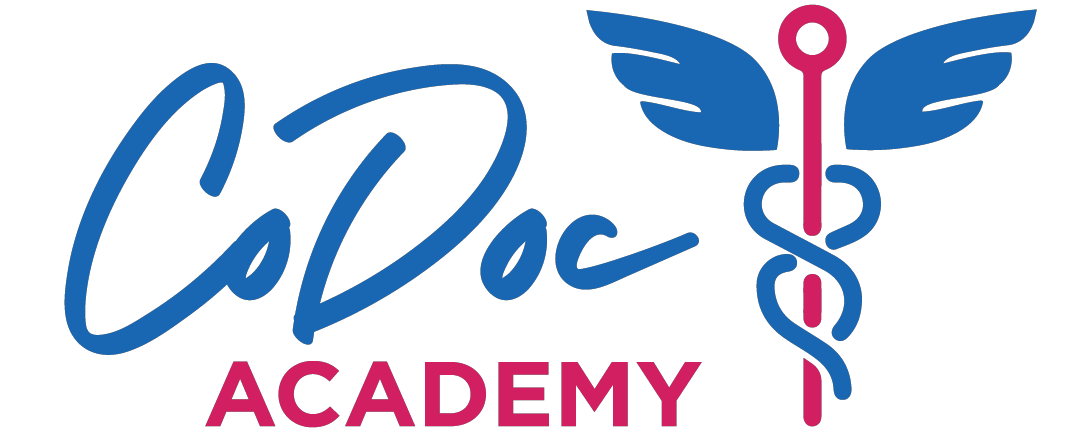In the contemporary healthcare setting, risk adjustment is an essential concept for healthcare providers. Understanding risk adjustment significantly impacts your practice and the quality of care you offer, regardless of your experience level. At CoDoc Academy, we understand risk adjustment’s essential role in helping healthcare providers thrive in the current landscape. In this guide, we will study every aspect of risk adjustment—its significance, challenges, and solutions. We will successfully navigate this important aspect of healthcare delivery, empowering providers to excel in value-based care and improve patient outcomes.
What is risk adjustment?
Risk adjustment is used to estimate healthcare costs accurately and account for differences in health status among patients. Providers are fairly compensated by adjusting their charges in accordance with the demographics and health conditions of patients.
Importance of Risk Adjustment in Value-Based Care:
- Risk adjustment is notably necessary because health care costs are determined by patient disease burden and not by the amount of services provided.
- It is a critical component of value-based care models that aim to reduce costs while improving patient outcomes.
- Risk adjustment ensures fair payment to providers and promotes equity in health care delivery by accurately assessing patient health and determining health care costs.
- By identifying and addressing the needs of high-risk patients, healthcare organizations can improve patient care, preventative measures, and care coordination.
CoDoc Academy understands the importance of risk adjustment in value-based care. Our customized training programs equip healthcare providers with the knowledge and skills necessary to accurately document and code patient conditions, ensuring optimal risk adjustment and success in value-based care initiatives.
The Role of HCC Coding in Risk Adjustment:
- Patients receive a risk score primarily based on their health status through the Hierarchical Condition Category (HCC) coding system.
- The severity and complexity of chronic conditions are captured by way of HCC coding and impact RAF Score and repayment.
- Accurate HCC coding is crucial to estimating healthcare charges and ensure a fair payment to health plans and healthcare providers for taking care of the patients.
We offer specialized training courses at CoDoc Academy with an emphasis on ICD10 / risk adjustment and HCC coding. Comprehensive understanding of common conditions, documentation requirements, and HCC coding tips are covered in our courses. We help healthcare providers through accurate coding and documentation of patient conditions through individualized coaching and practical training. It maximizes risk adjustment and compensation accuracy in a value-based care model.
Benefits of Accurate Risk Adjustment:
- Accurate risk adjustment helps healthcare providers identify high-risk individuals and personalize treatment packages to meet their individual requirements, enhancing patient satisfaction and health consequences.
- Healthcare providers can guarantee patient safety and effective resource usage by forecasting healthcare expenses accurately and allocating resources accordingly. It allows patients to get the right care at the right time.
- By making sure healthcare providers are paid accurately for the services they provide, right risk adjustment reduces financial uncertainty and fosters stability in healthcare practices.
- It also protects against potential audits and fines for inaccurate coding and documentation.
Challenges in Risk Adjustment:
- Inaccurate coding practices
- Incomplete documentation
- Coding inconsistencies
- Lack of understanding of clinical aspect of different ICD10 diagnosis codes
- Lack of understanding of coding guidelines
- Lack of alignment of the clinical with the coding world
- Difficulty in keeping up with evolving methodologies
- Time constraints affecting documentation quality
- Limited resources for training and education
- Potential for audit or penalty due to coding errors
Strategies for Overcoming These Challenges:
- Providers can stay up to date on practices in risk adjustment and coding by collaborating in training and education applications such as those offered by CoDoc Academy.
- Technology solutions, such as electronic health records and coding software, can improve coding and documentation approaches. It reduces error chances and increases accuracy.
- Encouraging open communication and collaboration among medical professionals can help to both identify and resolve issues related to risk adjustment, which guarantee that patients receive the best care possible.
Final Remarks:
Are you prepared to advance your practice and succeed in risk adjustment? Take advantage of our extensive training programs by enrolling in CoDoc Academy today to advance your coding and documentation abilities. By providing them with our specialized training programs and resources, we help healthcare providers become experts in risk adjustment. We enable providers to flourish in value-based care environments and improve patient outcomes by giving them the information and abilities they need to correctly document, code, and handle risk adjustment procedures.

